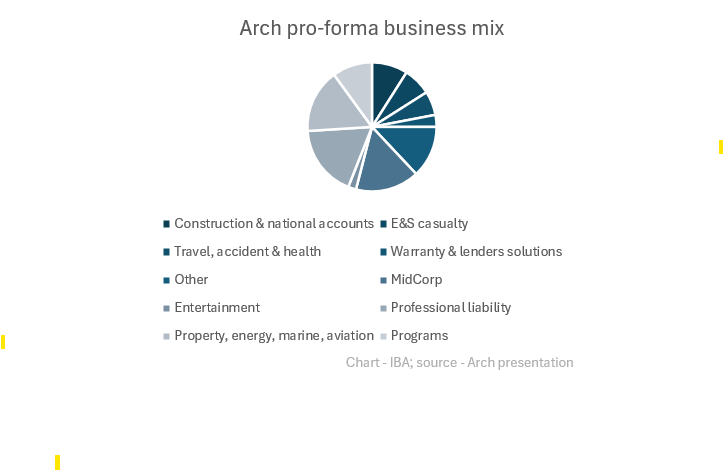Protecting contractors from heatstroke using parametric solutions | Insurance Business America
Volatility, complexity present “significant opportunity”
Construction & Engineering
By
Kenneth Araullo
As North America grapples with the intensifying challenges of climate change, the construction industry stands at the forefront of sectors feeling the heat — quite literally.
Extreme heatwaves, now more frequent and severe, pose a significant risk to human health, operational productivity, and financial stability.
In an interview with Insurance Business, Cole Mayer (pictured above), Aon global head, parametric, sheds light on how parametric insurance can be a strategic solution to shield the construction industry from these escalating risks, providing a blend of agility, efficiency, and flexibility unmatched by traditional insurance models.
“Amid increasing volatility and complexity, there is a significant opportunity for construction and real estate organizations to leverage parametric solutions to become more resilient to climate and catastrophe risks,” Mayer said.
How climate risks are growing
The stark reality of increased climate risks is underscored by recent phenomena, including Phoenix, Arizona’s record-breaking 31 consecutive days of temperatures soaring above 110 degrees Fahrenheit in June-July 2023, alongside the Southwest’s prolonged drought conditions resulting in substantial economic and insured losses.
Mayer noted that the construction and agriculture industries, in particular, face heightened vulnerability to heat’s impacts, with OSHA reporting a significant number of outdoor fatalities and heat-related illnesses occurring in these sectors. This situation is exacerbated by the lack of heat acclimatization among workers, a critical component for safeguarding against heat-induced health complications.
In response, OSHA has ramped up its inspections in industries most at risk, emphasizing the urgent need for comprehensive risk management strategies. Here is where parametric insurance presents a novel approach to addressing these challenges.
Unlike traditional insurance, which typically requires assessment of loss after an event, Mayer noted that parametric insurance operates on a predetermined “if-then” trigger mechanism, offering rapid, transparent payouts based on specific parameters like temperature thresholds or humidity levels. This model not only simplifies underwriting but also ensures quick financial relief, enabling businesses to rebound and maintain continuity in the aftermath of extreme heat events.
How parametric insurance is bridging the protection gap
Parametric insurance bridges the protection gap in regions susceptible to climatic catastrophes, including areas plagued by extreme heat. By providing broad coverage against economic exposures that were previously deemed uninsurable, Mayer said that this risk transfer solution unlocks vital capital for construction stakeholders, from contractors to building owners, mitigating income loss due to operational delays and ensuring the wellbeing of workers.
For the construction industry, adopting parametric insurance translates into reduced contingencies, safeguarded project timelines, and assured financial liquidity, thereby maintaining project viability even under adverse conditions.
Building owners, in turn, benefit from minimized income loss and secured debt service obligations, ensuring commercial operations proceed without financial hindrance.
The call to action for construction companies is clear: leveraging forward-looking data and analytics, prioritizing workforce health and wellbeing, and exploring alternative risk solutions like parametric insurance are imperative steps.
By embracing these strategies, the construction industry can navigate the complexities of extreme heat, ensuring not only the safety and productivity of its workforce but also the financial resilience of its operations, Mayer suggested.
What are your thoughts on this story? Please feel free to share your comments below.
Related Stories
Keep up with the latest news and events
Join our mailing list, it’s free!













